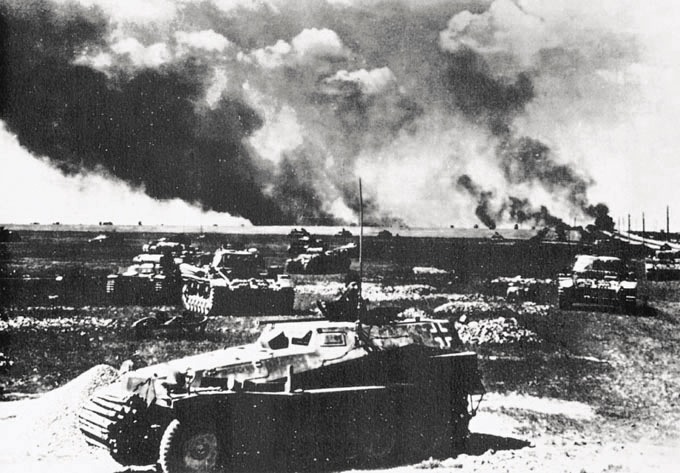

In a planned economy, a national savings rate is set, and plans are issued for individuals to adapt to it.Īdapt to it means coercing people into saving more, and people in the early Soviet context means peasants. In a market economy, people's decisions about their individual tradeoffs yield an aggregate social rate of savings. So the issue then is how to increase those savings. Thus if you invest more today you'll consume less today, but you'll consume even more in the future. It is just an extension of the fact that there is a tradeoff between consumption and investing, and that investing typically has positive returns. In a nutshell, Stalin's approach is summarised by what Allen calls Feldman's model: Investing in capital goods now leads to a greater availability of consumer goods in the future, even when that may lead to a drop in consumer goods today. A summary of it can be found in Allen (2005), read it first just in case. This post assumes that you have read the book. We will mostly draw from Robert Allen's From Farm to Factory initially, and then discuss later work. This post will analyse the impact of Stalin on Soviet growth, beginning with a presentation of some statistics regarding Stalin's achievements, then some theory of how that growth was achieved, then some discussion about that. Given the title, it won't come up as a surprise that Stalin happened. After the Second World War, the USSR was a superpower capable of stopping Germany's Wehrmacht on its tracks. In 1922, the relatively young Soviet Union was a relatively poor country recently afflicted by a civil war and a revolution.


 0 kommentar(er)
0 kommentar(er)
